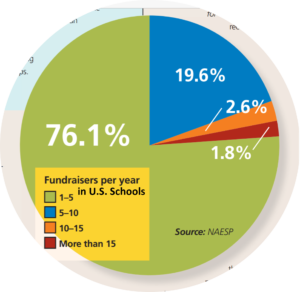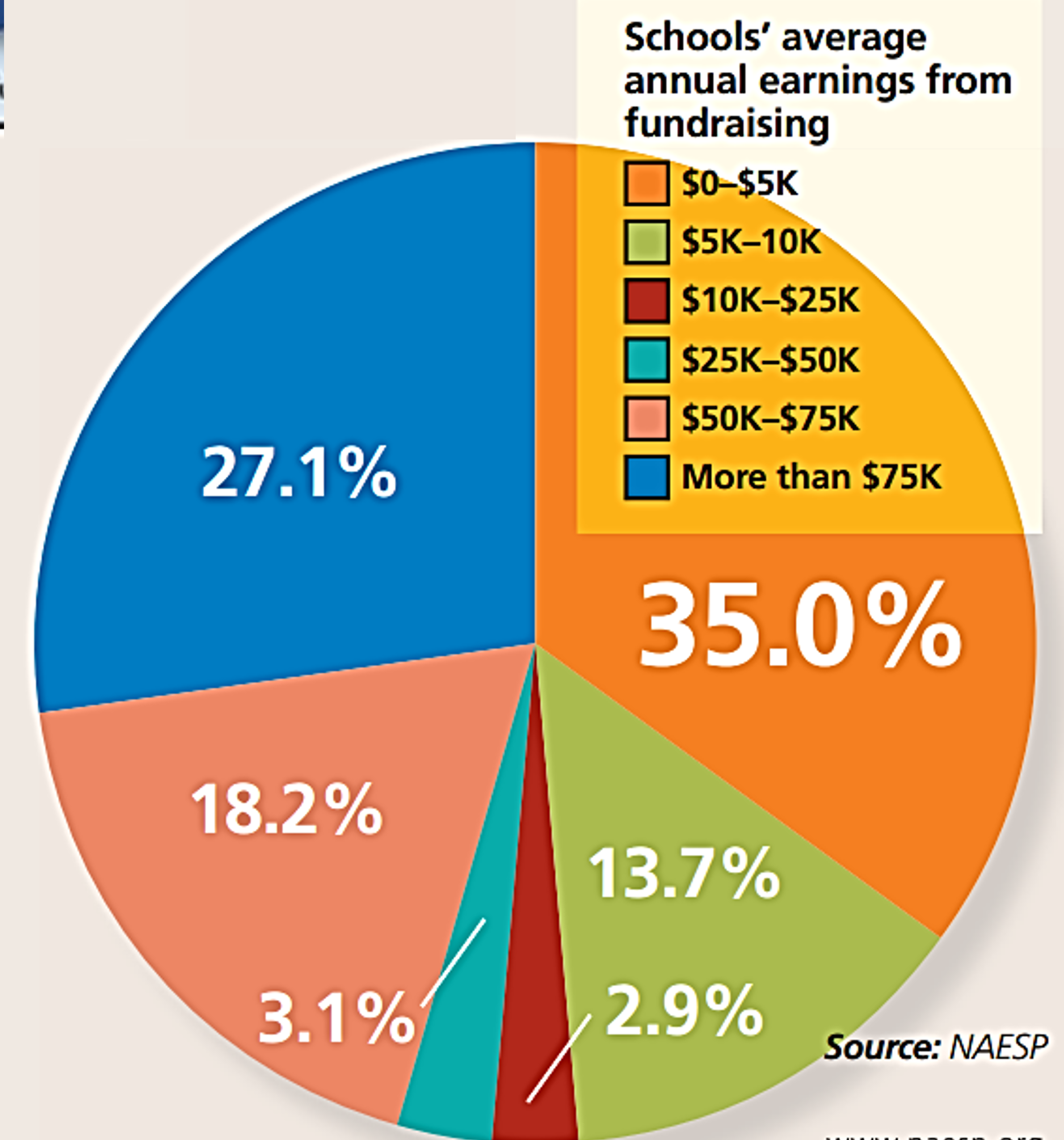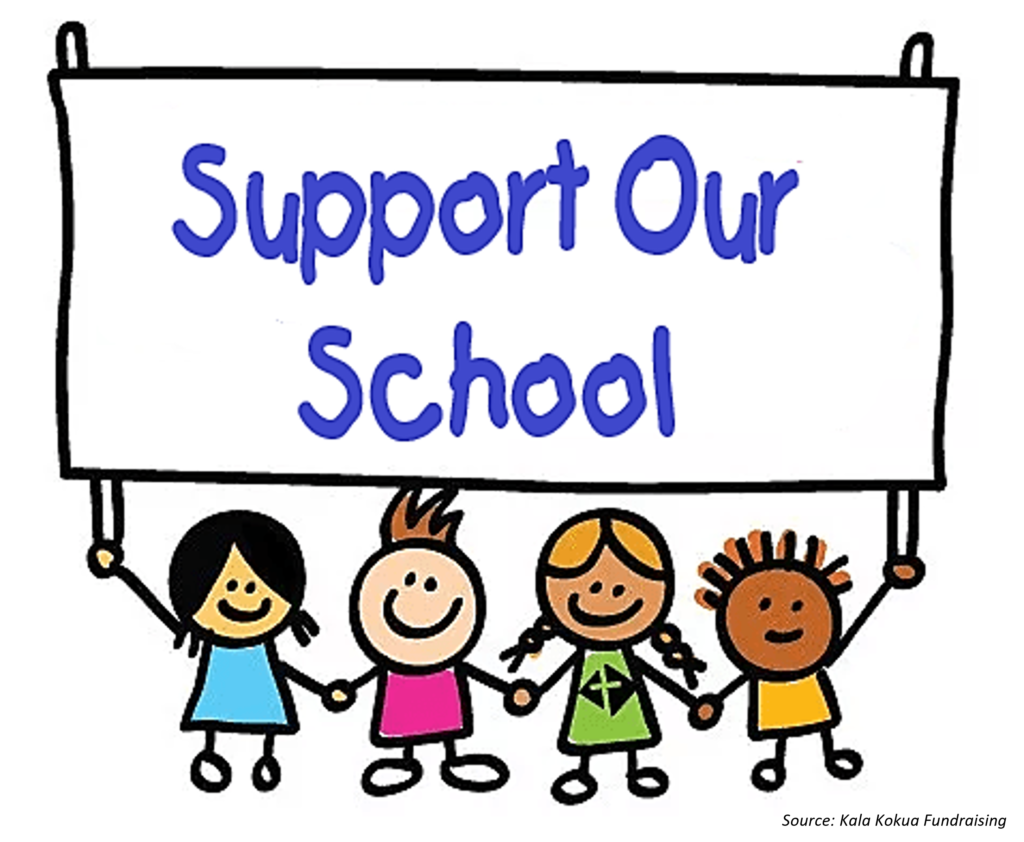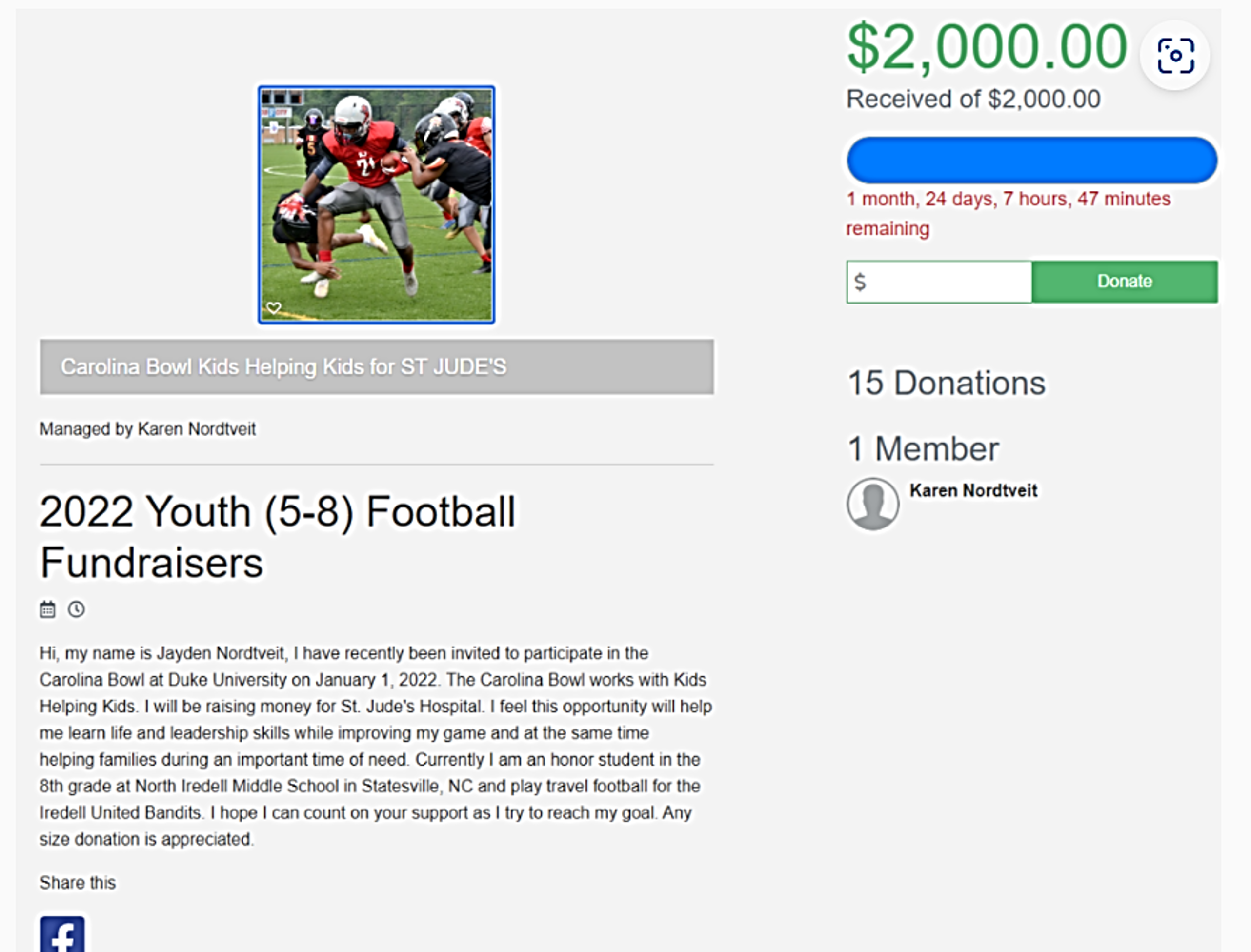As you know all too well if you’re a school or church administrator or staff member, there really is no such thing as a ‘Summer off.’ The previous session’s educational, curricular, program (and development) outcomes are measured and discussed extensively at the conclusion of every year. Then, personnel rush to take vacations before gathering at the conference table yet again — mere weeks after they pontificated the year that just ended — to dive head-first into planning for the upcoming year. Like any business, schools and churches don’t have the luxury of downtime, as a long list of action items awaits.
In this blog, our objective is simple: to impart the influential role a robust annual fundraising plan plays in the health of a school (at any level) or a church (of any size), and make some recommendations on how to position your annual fundraising plans for optimal success.
Happy reading!
HOW PREVALENT IS FUNDRAISING IN SCHOOLS & CHURCHES?
According to the National Association of Elementary School Principals (NAESP), 76% of schools in the U.S. conduct between 1 and 5 fundraisers annually. A similar nationwide survey of more than 1,000 principals showed that more than 9 in 10 schools use funds raised to pay for classroom supplies and furniture, playground equipment, and to support academic and interest clubs, sports teams and field trips. The survey also reported that nearly 9 in 10 believe their school’s fundraising efforts provide much-needed resources for students, teachers and church constituents.

GET BUY-IN FROM ALL LEVELS OF YOUR SCHOOL OR CHURCH….
By its nature, fundraising is not everyone’s cup of tea. Although staff and volunteers at your school or church believe more strongly in your cause than anyone, petitioning constituents for financial support can be an uncomfortable ask. Once in a while, a school or church hits a roadblock when its leadership (superintendents, principals, business directors, priests or pastors) balk at buying into a full-scale, multifaceted fundraising and development plan. These leaders unload the responsibility of putting together a comprehensive plan to another committee in their organization, such as a school’s Board of Directors, Parent Teacher Association (PTA), or perhaps a church’s volunteer committee. In fact, NAESP’s survey revealed that 2/3rds of principals delegate fundraising responsibilities to their PTA.
It is imperative for any successful school or church fundraising plan to have not only top-to-bottom buy-in, but the most critical buy-ins lie with the upper levels of your nonprofit’s leadership. Your leaders set the culture by which the entire operation runs, and they hold the most complete overall vision of the school’s or church’s financial situation. The importance of financial support to keep your educational, spiritual, clubs, arts, sports and other extracurricular programs making a difference is crucial. Ensure your governance understands the significance of this facet of your school or church, as a lack of buy-in can hinder a development plan’s return.
….AND GET COMMITMENT FROM ALL LEVELS TOO
Your school’s or church’s leadership is essential here too, and ties back to the culture they’ve set that flows to all parts of your organization. Does your leadership foster an open, transparent and collaborative working environment? Or is the climate siloed, agenda-driven and political? A superintendent, principal, priest or pastor who supports a true team philosophy is exponentially more effective in getting everyone — from teachers and lunchroom attendants to parents and volunteers — to get behind a fundraising initiative. Just as ‘the whole is greater than the sum of its parts,’ the best results come from teams where every teammate is committed and engaged.
LESS IS MORE
As noted in the aforementioned infographic, more than 3/4ths of U.S. schools max out at no more than five fundraising events in a school year — and of those, most keep that number no higher than three. This is a key benefit of a well-laid-out annual development plan; without the entire year mapped out in front of you, your school or church could quickly go overboard with too many disjointed fundraising campaigns. This dynamic tends to surface in K-8 schools or large churches, where grades/groups might undertake a specific fundraiser just for them.
What is the concern, you might ask? Marketers are taught early on to put on their ‘consumer hat’ and look at every decision they make from the perspective of the customer they’re trying to reach. Is the offer compelling to them? Is the marketing messaging clear and concise? Does it properly communicate the features of the product or service being offered? Does it detail the benefits the consumer will get and how it will improve their lives? Putting their ‘donor hat’ on is something a fundraiser must do as well; with the ‘hat,’ it’s easier to identify environments where too many fundraisers are being pumped out.
While becoming an official term in nonprofit nomenclature only recently, ‘donor fatigue‘ has been a thing for years. When people get hit with too many requests for their time, talent or treasure, they tend to lessen (or even withdraw) their willingness to support causes they’d gladly supported in the past. Think of it this way: a family has four children, all attending different grades of the same K-8 school. If the parents get hit with asks for a chocolate bar sale from their 2nd grader, a website/magazine subscription sweepstakes from their 4th grader, and a ‘fill-up-the-bus’ school supplies drive from their 7th grader, their reluctance to support all three equally might be a genuine possibility. And imagine if they get asked to donate to three additional fundraisers next year when their kids are in 3rd-5th-8th grade? Lots of data supports the contention that potential donors on the receiving end of 5+ fundraising requests a year eventually start to ignore everything.
Potential donors are exposed to more donation asks than ever before. Adopting a ‘less is more’ philosophy — concentrating on only a handful of the strongest fundraising ideas during a school or church year — will maximize both the breadth and depth of the support you’ll receive. And your donor audience will thank you for not hounding them several times throughout the year.

TRIED AND TRUE FUNDRAISING IDEAS
Sales of consumer items (bakery, chocolate/candy, cookie dough, gift items) require less time investment from volunteers, and offers can easily be forwarded to family and friends. Along with events like car washes (‘I’ve been meaning to get this thing cleaned!’), walk-a-thons (a way to support AND get exercise) and Raffles & Auctions (where donors can buy something for themselves or get a perfect gift for a loved one), these things offer practical solutions in their lives, help them accomplish necessary tasks, and in the end earn schools about $1.4B each year, according to the Association of Fundraising Distributors & Suppliers (AFRDS).
DonorPoint has 10+ years’ experience implementing fundraising solutions for schools at all levels from K-12 and college/university, running the gamut from Individual & Recurring Giving, Special Events & Fundraisers, Peer-to-Peer & Crowdfunding campaigns, and more. Want to skip the sales pitch and read about how we’ve helped schools and churches reach their goals? Check out our extensive roster of Success Stories.
THANK YOUR DONORS ALONG THE JOURNEY….AND TELL THEM SPECIFICALLY HOW THEIR DONATION IS HELPING
Two tactics are well-known to heighten donation engagement and retention — and both can be recognized when wearing your ‘donor hat.’
When you donate to a cause, do you appreciate being shown gratitude for your gift? Guess what…everyone does! Employ the Golden Rule and treat others how you’d like to be treated. Unlike being hit with fundraiser requests, there is no threshold to how many times a person can be thanked. So thank them often during their donor journey — preemptively when your ask is made, when the gift is given, when the fundraiser is nearing its end, after the initiative is over, when the results are reported, and at the end of your fiscal year. Show your authentic gratitude for their generosity early and often!
A recent blog by strategic grassroots political advocacy group Campaign Now writes that of those who regularly give to causes:
- 75% seek information about the nonprofit’s impact
- 72% want to hear details about specific nonprofits
- 68% want information on fundraising or overhead costs
- 64% want to know to what extent the nonprofit is following its best practices

